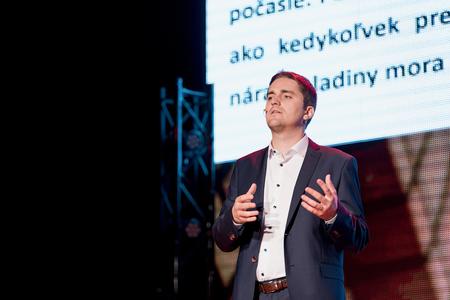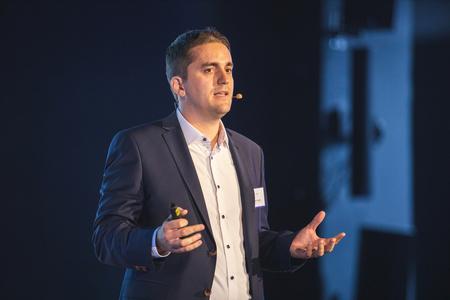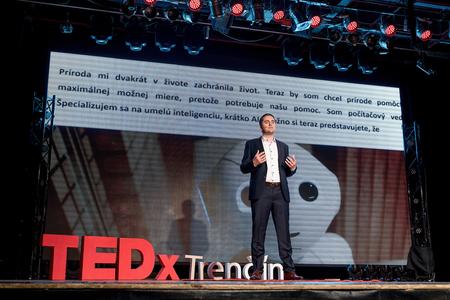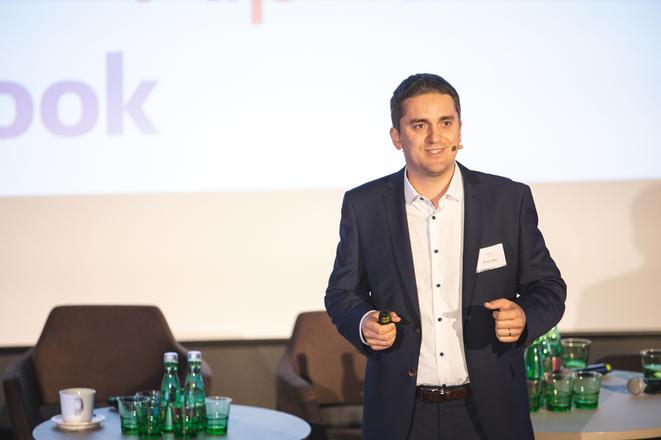Martin Spano is the author of Artificial Intelligence in a Nutshell, a book that explores the mystified subject of artificial intelligence (AI) with simple, non-technical language. Spano’s passion for AI began after he watched 2001: A Space Odyssey, but he insists this ever-changing technology is not just the subject of sci-fi novels and movies; artificial intelligence is present in our everyday lives.

In 2012, a pair of students from the University of Toronto, together with their leader, participated in a major IT competition. It was an image recognition contest, meaning that contestants' software solutions had to say what was in an image. Recognising objects in pictures is a trivial matter for people. Until recently, however, this was a practically unsolvable problem for the computer. The computer only sees a cluster of pixels in the image without understanding them. In 2012, the mentioned students used the so-called multilayer (deep) neural networks. This innovative approach has completely crushed competition. All three were immediately hired by Google, deep learning was created, and an unprecedented boom in artificial intelligence began. Today, I will explain how in-depth learning works very simply.
Imagine a little magic box

A camera is mounted on its left side and a speaker on its right side. We can't see inside. When we point the camera at any object, the speaker on the right indicates what the object is. Magic? No, deep learning. Let's look inside where the so-called neural network is visible. It is an abstraction of what is in our brain; after all, why invent what nature has already invented for us? The artificial neural network consists of artificial neurons and the connections between them. These neurons are arranged in layers. The image from the camera is received by the first, so-called input layer. Behind it, there is a larger amount of so-called inner layers, and it all ends with the output layer. The task of each layer is to increase the level of abstraction. The input layer reads pixel by pixel from the camera. Other layers abstract the edges, other shapes and other individual patterns until, finally, the output layer announces a "dog", or something else that is in the picture according to the neural network.
The power of a lightbulb
First, we had the so-called shallow neural networks, when the inner layers were few. They are now numerous and therefore such artificial networks are called deep, and the method by which they are taught is called deep learning.

Thanks to in-depth learning, translators have much better translations between languages, and virtual assistants understand our language and speak a language that does not sound like Stephen Hawking's speaker. And there is much, much more.
So somehow we could create Wall-E, right? It's not that simple. An adult's brain is made up of about 86 billion neurons, and 30 billion are killed in adolescence (not related to alcohol). These neurons generate 20W in energy, which is about the power of a light bulb. The largest artificial neural network in the world has about 1 million neurons and is powered by a small power plant. So for those who are afraid of the robot uprising, I paraphrase the words said by one of the most prominent artificial intelligence researchers today, Andrew Ng. He said that fearing advanced artificial intelligence is like fearing overcrowding on Mars - we haven't even landed yet.

 Martin Spano (source: Courtesy of Martin Spano)
Martin Spano (source: Courtesy of Martin Spano)